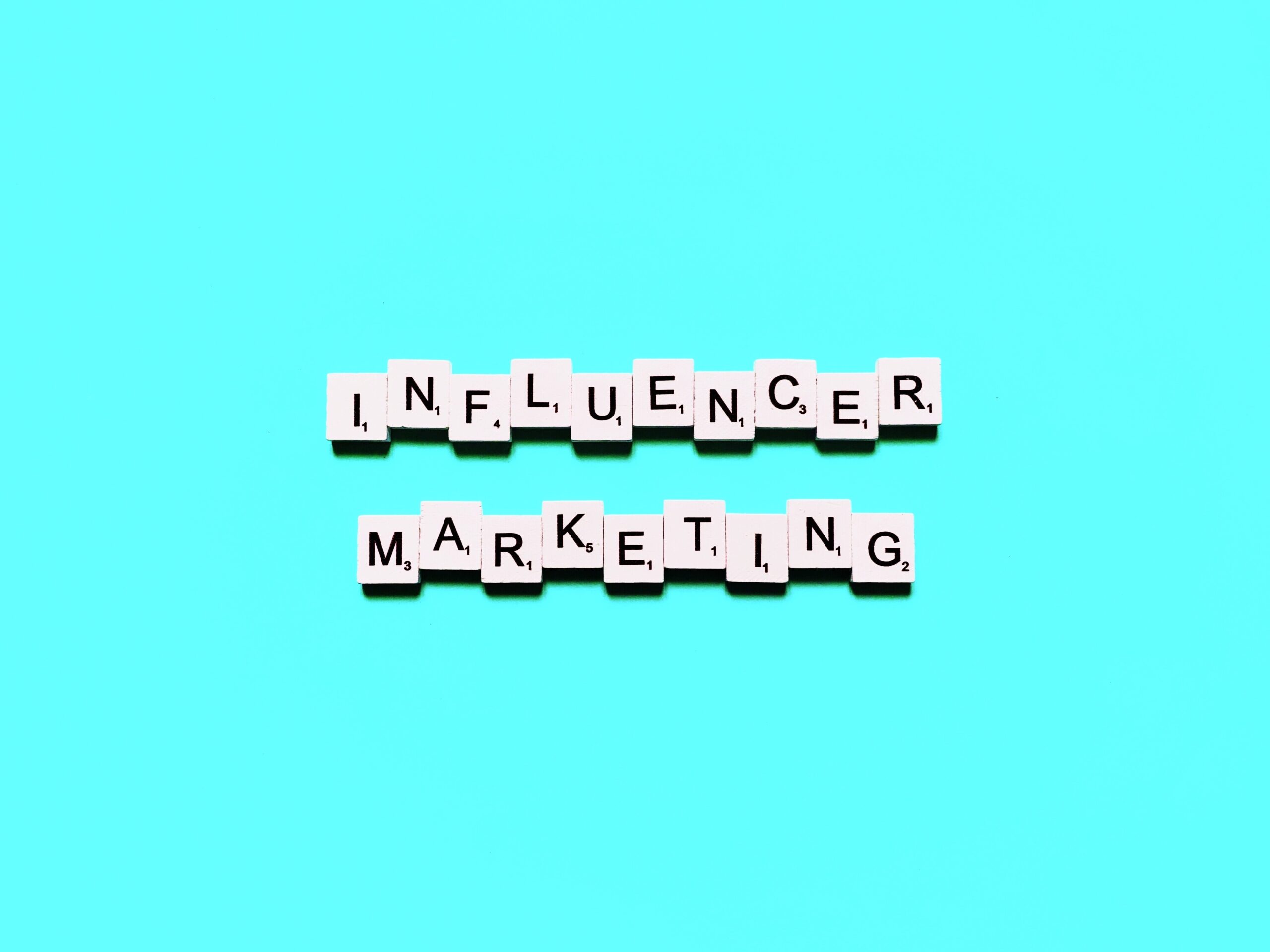1. AI Democratisation
AI is no longer some futuristic concept reserved for tech giants. It’s becoming increasingly accessible to businesses of all sizes, even here in Ireland. What used to require a team of data scientists and a massive budget can now be achieved with user-friendly tools and platforms. This shift is opening up a world of possibilities for Irish businesses, but it also presents some challenges.
One of the biggest changes is the availability of AI-powered tools for marketing. These tools can automate tasks, personalise customer experiences, and provide valuable insights into customer behaviour. Think about it: small businesses can now access the same level of marketing sophistication as large corporations, levelling the playing field in a big way.
Here’s what Irish businesses should consider:
- Experimentation is key: Don’t be afraid to try out different AI tools and see what works best for your business. There are plenty of free or low-cost options available. For example, you can use AI for AI in marketing to automate social media posting or create personalised email campaigns.
- Focus on data quality: AI is only as good as the data it’s trained on. Make sure you have clean, accurate data to get the most out of your AI investments.
- Upskill your team: While AI can automate many tasks, it’s still important to have employees who understand how to use and interpret the results. Consider investing in training programmes to upskill your workforce.
The democratisation of AI means that Irish businesses can now compete on a global scale. However, it’s important to approach AI adoption strategically and ethically. Consider the implications of using AI on your customers and employees, and make sure you have appropriate safeguards in place.
This trend is not without its potential pitfalls. "Shadow AI," where employees use unvetted AI tools, could pose compliance and security risks. It’s crucial to establish clear guidelines and governance frameworks for AI adoption within your organisation. Think about offering an EU AI Act Online Course to your employees.
Here’s a quick look at how AI is being adopted across different sectors:
| Sector | AI Application | Benefit |
|---|---|---|
| Retail | Personalised product recommendations | Increased sales and customer loyalty |
| Finance | Fraud detection and risk management | Reduced losses and improved security |
| Healthcare | AI-driven diagnostics and treatment planning | Improved patient outcomes and efficiency |
| Manufacturing | Optimised production and predictive maintenance | Reduced costs and downtime |
Ultimately, the democratisation of AI is a game-changer for Irish businesses. By embracing AI strategically and ethically, businesses can unlock new opportunities for growth and innovation. It’s about responsibly harness AI to achieve your business goals.
2. Green Imperatives
Sustainability isn’t just a buzzword anymore; it’s a real deal-breaker for businesses. Consumers are way more aware, and frankly, they expect companies to do their bit. It’s not just about slapping a ‘green’ label on something; it’s about making genuine changes to how things are done.
Sustainability is now a moral and commercial necessity.
Think about it – people are actively choosing brands that align with their values. If a company is seen as wasteful or harmful to the environment, they’ll vote with their wallets. It’s a risk, but also a massive opportunity to stand out and build trust. The rise of marketing statistics shows that consumers are paying attention.
It’s about more than just ticking boxes; it’s about embedding sustainability into the core of the business. This means looking at everything from supply chains to packaging and making sure it’s all as eco-friendly as possible.
Here are some things to consider:
- Eco-friendly packaging: Ditch the plastic and go for recyclable or biodegradable options.
- Sustainable sourcing: Make sure your materials are ethically and sustainably sourced.
- Reducing carbon footprint: Look at ways to minimise your environmental impact, from energy use to transportation.
3. Socially Engaged Workforce
It’s not just about a pay cheque anymore. People, especially those just starting their careers, want to feel like they’re doing something meaningful. They’re looking for companies with a clear purpose and a culture that aligns with their values. This is especially true in Ireland, where there’s a growing emphasis on work-life balance and contributing to society.
- Employees are increasingly vocal about their expectations from employers. They want to see action on issues they care about, like climate change and social justice.
- Companies that fail to address these concerns risk losing talent to organisations that are more aligned with their employees’ values.
- This trend isn’t just about attracting new employees; it’s also about retaining existing ones. A socially engaged workforce is a more motivated and productive workforce.
Businesses need to show, not just tell, that they’re committed to making a positive impact. This means investing in sustainable practises, supporting local communities, and creating a diverse and inclusive workplace. It’s about building a company culture where employees feel valued, respected, and empowered to make a difference.
This shift also means that internal communications and employee engagement strategies need a serious rethink. It’s no longer enough to just send out a company newsletter. Businesses need to create opportunities for employees to connect with each other, share their ideas, and contribute to the company’s mission. Think about using internal social media platforms, organising volunteer events, or creating employee-led initiatives.
| Initiative | Description
4. Cultural Fragmentation
Ireland is changing, and it’s changing fast. It feels like everyone is in their own little bubble, and it’s getting harder to find common ground. This isn’t just about politics; it’s about how we see the world, what we value, and even what we find funny. Societal mood is definitely shifting.
This fragmentation presents both challenges and opportunities for Irish businesses.
Think about it:
- Different generations have wildly different expectations. What works for Gen Z might completely miss the mark with Baby Boomers.
- Urban and rural communities often have conflicting priorities. A campaign that resonates in Dublin might fall flat in County Clare.
- The rise of niche online communities means people are increasingly finding their tribe online, further reinforcing their existing beliefs.
It’s not all doom and gloom, though. This fragmentation also means there’s more room for businesses to connect with specific groups of people on a deeper level. The key is to understand these different cultural pockets and tailor your message accordingly. It’s about being authentic and showing that you genuinely care about their unique needs and values.
5. Digital Audio Growth
Digital audio is making waves, and Irish businesses need to tune in. We’re not just talking about radio anymore; podcasts, streaming services, and even audiobooks are seeing huge growth. This presents a real opportunity to reach audiences in new and engaging ways. It’s all about understanding digital audio advertising and how it fits into the bigger picture.
The rise of digital audio is changing consumer behaviour trends 2025, offering a more intimate and personalised advertising experience.
Think about it: people listen to podcasts while commuting, working out, or doing chores. That’s prime, uninterrupted attention you can’t get with a quick scroll through social media. The key is to create content that feels natural and relevant to the listening experience.
- Explore podcast advertising: Sponsor relevant podcasts or create your own.
- Invest in audio ads on streaming platforms: Target specific demographics and interests.
- Consider audio content marketing: Create informative or entertaining audio content that showcases your brand’s expertise.
Digital audio isn’t just a trend; it’s a shift in how people consume information and entertainment. Businesses that embrace this change will be well-positioned to connect with their target audiences in a meaningful way. It’s about understanding the impact of technology on marketing and adapting your strategies accordingly.
6. Social First Strategies
It’s not enough to just be on social media anymore. In 2025, Irish businesses need to adopt social-first strategies, meaning social media isn’t an afterthought, but the core of many digital marketing strategies in Ireland. This involves a fundamental shift in how marketing campaigns are conceived and executed. Utilizing data-driven insights to enhance social media engagement will become crucial for brands. As companies embrace this 2025 marketing trend in Ireland, they must also integrate influencer partnerships and user-generated content to build authenticity and trust. Ultimately, businesses that prioritize social media in their marketing efforts will be better positioned to connect with their audience and drive sales. In navigating these evolving digital marketing trends in Ireland, companies should also focus on creating immersive experiences that resonate with their target demographics. Leveraging interactive content and personalized messaging will help foster deeper connections and engagement. As the landscape continues to shift, staying ahead of these trends will be essential for sustained success in a competitive market.
Think about it: are you really reaching your audience if your social media feels like an add-on? Probably not. It’s about creating content that’s designed for social platforms, not just repurposed from other channels. This means shorter videos, engaging visuals, and interactive content that encourages participation.
Social media is no longer just a place to broadcast your message; it’s a place to build relationships, foster community, and drive meaningful engagement. Businesses that understand this will be the ones that thrive.
Here’s what that might look like:
- Prioritising video content: Short, attention-grabbing videos are king.
- Embracing user-generated content: Encourage your audience to create content for you.
- Focusing on community building: Create spaces for your audience to connect with each other and your brand.
It’s also about understanding the nuances of each platform. What works on TikTok won’t necessarily work on LinkedIn. Tailoring your content to each platform is key. And don’t forget about the power of influencers. Partnering with the right influencers can help you reach a wider audience and build trust.
| Platform | Content Style |
|---|---|
| TikTok | Short, engaging videos, trending sounds |
| High-quality visuals, stories, reels | |
| Professional content, articles, industry insights |
Ultimately, a social-first strategy is about putting your audience at the heart of everything you do. It’s about creating content that they want to see, engaging with them in meaningful ways, and building a community around your brand. It’s a key Irish business marketing insights for success in 2025. By focusing on authentic interactions and feedback, businesses can adapt and innovate their offerings to better meet their audience’s needs. Additionally, examining irish marketing success case studies can provide valuable lessons and inspiration for crafting a strategy that resonates deeply with local consumers. As you invest in building genuine connections, you’ll foster loyalty and elevate your brand within the vibrant Irish market. By leveraging insights from top marketing firms in Ireland, businesses can refine their approaches to align with audience preferences and trends. This proactive engagement not only fosters loyalty but also boosts brand visibility in an increasingly crowded marketplace. Ultimately, a strong social-first strategy can set the foundation for sustainable growth and innovation. To further enhance your social-first strategy, it’s essential to stay informed about the latest marketing statistics for Irish businesses, which can guide your decisions and tactics. Tracking these metrics not only helps you measure the effectiveness of your campaigns but also enables you to pivot quickly in response to market shifts. By incorporating data-driven insights, you can create more targeted and relevant content that resonates with your audience, ensuring continued engagement and growth.
7. Ad Supported Video
Video is everywhere, and people are watching it in more places than ever before. 2024 was a big year for video across all platforms. Traditional TV had a great year, helped by lots of sports, and Video on Demand (VOD), including Broadcast VOD (BVOD), grew by over 16%. It’s a bit of a balancing act for marketers, though. According to Kantar’s Media Reactions 2024, while some marketers plan to cut back on broadcast TV investment in 2025, many more are planning to increase their investment in TV streaming. The key is to figure out the right video mix for your brand and what you’re trying to achieve.
New FAST TV channels also launched, with Sky and Virgin Media adding new stuff. This trend is expected to continue, showing how important ad-supported video is for advertisers.
- More viewing options mean more chances to reach people.
- Different platforms cater to different audiences.
- Ad-supported models can be more accessible to viewers.
It’s important to remember that people have different viewing habits. Some still watch broadcast TV, while others prefer Subscription Video on Demand (SVOD) or Ad-Based Video on Demand (AVOD). Understanding these differences is key to success.
8. Retail Media Expansion
Retail media is really taking off, and it’s something Irish businesses need to be aware of. Think about it: when you’re already browsing a shop’s website, you’re primed to buy. Retail media networks (RMNs) let brands target ads right there, on retailer websites and apps. It’s a smart way to get your product in front of people who are ready to spend.
Retail media networks are set to become a major part of the future of advertising in Ireland.
It’s not just about online either; some retailers are even using in-store digital displays as part of their RMNs. This means you can reach customers at multiple points during their shopping journey.
Here are a few things to keep in mind:
- First-party data is key: RMNs use the retailer’s own data, which can be incredibly accurate for targeting.
- Personalisation matters: Tailor your ads to the specific shoppers you’re trying to reach. Generic ads won’t cut it.
- It’s not just for big brands: Even smaller Irish businesses can benefit from RMNs, especially if they partner with local retailers.
It’s important to remember that retail media is still evolving. There are challenges around data access and measurement, but the potential rewards are huge. Businesses that embrace RMNs now will be well-positioned to succeed in the years to come.
With social media’s importance growing, retail media offers another avenue for brands to connect with consumers where they are already making purchasing decisions. This shift allows brands to leverage social media marketing strategies to enhance their visibility and engagement. By integrating their advertising efforts with retail media, companies can create a seamless shopping experience that caters to consumer preferences. Ultimately, this fusion not only drives sales but also fosters brand loyalty among customers.
9. AI In-Platform Tools
It’s getting easier and easier to use AI, even if you’re not a tech whiz. Platforms like Meta, Google, and TikTok are baking AI right into their advertising tools. This means Irish businesses can enhance their online presence without needing to hire a team of data scientists. Think of it as AI for everyone, making marketing more accessible.
These tools can help with everything from creating ad copy to targeting the right audience. It’s all about making the process smoother and more efficient.
Here’s what you might expect to see:
- Automated ad creation: Let AI write your ads for you.
- Smarter targeting: AI figures out who to show your ads to.
- Better budget allocation: AI decides where to spend your money for the best results.
The rise of AI in-platform tools means that even small businesses can compete with larger companies. It levels the playing field, allowing everyone to take advantage of the power of AI. It’s not just about saving time; it’s about getting better results.
10. Fragmented Measurement
It’s a bit of a mess out there, isn’t it? Trying to figure out what’s working and what’s not in advertising feels like herding cats. The good old days of simple metrics are long gone. Now, we’re drowning in data from every platform imaginable. It’s a challenge for advertising, and advertisers must prioritise clarity and focus to achieve their business objectives.
Advertisers need to really nail down what marketing is supposed to do for the business. What are the key performance indicators KPIs that actually show if the business is healthy? And then, build a team that’s dedicated to tracking those metrics and is genuinely curious about what they mean. It’s easy to get lost in the weeds, so having that focus is super important.
- Define clear marketing objectives that align with overall business goals.
- Establish a core set of KPIs that reflect business health.
- Build a dedicated team focused on these metrics.
It’s also important to ignore the extra reporting metrics that cost too much, take up too much time, and don’t really tell you anything useful. You’ve got to manage the huge amount of data available without losing sight of what actually matters.
Ultimately, proving that your advertising is actually working is the most important thing. It’s all about showing that you’re getting a return on investment, even in this complicated, data-driven world. It’s about cutting through the noise and showing real results. The rise of AI In-Platform Tools will likely spark discussions among advertisers about transparency versus efficiency.
When it comes to measuring success in marketing, many businesses struggle with scattered data. This makes it hard to see the full picture and understand what really works. To improve your marketing efforts, it’s important to have a clear and unified way to track your results. If you want to learn more about how to get better insights and make smarter decisions, visit our website today!

















